Chameleon People - [6]
I made a note that the youngest child resided at home and that the two eldest lived alone. Then I picked up the phone and dialled the number given for the address in Bygdøy.
The call was answered on the third ring by a woman who said: ‘Per Johan Fredriksen and family.’ Then there was silence. And then a quiet sob on the other end.
I introduced myself and gave my condolences. Then I explained that the suspected killer had been arrested, but that the police still needed to talk briefly to the deceased’s closest family.
The voice on the other end of the receiver was hushed and tearful, but clear all the same. The woman said that she was Per Johan Fredriksen’s wife, Oda. Unfortunately, she had not been able to contact her eldest daughter by telephone yet, but was currently at home with her two other children. They would, of course, help the police as much as they could with regard to the investigation, but nothing would bring her husband back. It might be best if I could come to see them straightaway, she said.
I promised to come immediately and make my visit as brief as possible. She thanked me rather vaguely and then we both put down the phone.
On the way out, I checked whether there was any news on the arrestee’s identity. But there were still no answers. I took a few photographs of him with me, as well as a growing concern about the lack of developments.
IV
I knew that Per Johan Fredriksen had been a successful businessman and was reputed to be one of the richest politicians in the Storting. But I still had not expected his home to be anything like the property in Bygdøy.
The given address turned out to be a big farm, though I neither saw nor heard any animals. With the exception of two very modern cars parked just inside the gates, the big lush garden and main house, with surrounding outhouses, were not dissimilar to a painting by Tidemand and Gude in the nineteenth century. The driveway from the gates to the main house was more than fifty yards and felt even longer. As I walked up to the door, I wondered what on earth the connection between the boy on the rickety red bicycle and the lord of this manor could be.
The door was opened by a blond man of around my age and height. His handshake was firm. He was to the point: ‘I am Johan Fredriksen. And my mother and youngest sister are waiting in the drawing room.’
I searched his face for signs of emotion at his father’s death, but found none. My first impression of Johan Fredriksen was that he was a sensible and controlled man. We walked in silence down the unusually long hall and up the unusually wide stairs to the first floor.
The room that we entered was very definitely a drawing room. I quickly counted seven tables dotted around it and reckoned that it could easily hold about a hundred guests. But today there were only four of us here, and none of us were in a party mood. The gravity of the situation was underlined by the fact that we sat under a large portrait of the now late Per Johan Fredriksen. The painting was signed by a well-known artist and was a very good, full-size portrait. Per Johan Fredriksen had been a broad-shouldered, slightly portly, tall man, who now towered majestically above us on the wall.
Oda Fredriksen was a straight-backed woman who carried her sixty-three years with dignity. She got up from the velvet sofa and briefly shook my hand. I could feel her shaking as she did so and she quickly sank back down into the sofa. My first impression was of a very composed and fairly robust person, who was visibly shaken all the same. I found nothing surprising about that, given that she had lost her husband of many years very suddenly and brutally the day before. I then held out my hand to the third person in the room. Instantly, I got the impression that she was even more affected by the death.
Vera Fredriksen was very different from her mother. She was about a head shorter and had an almost graceful lightness to her movement. If she had been wearing a nineteenth-century ball gown, I might have mistaken her for a fairy-tale princess, given the surroundings, and described her as very beautiful. As it was, she was wearing a rather plain green dress, her face was white as chalk, her hands were shaking and she was chewing mechanically on some gum. She appeared to be more of a neurotic than a princess. And she seemed to get even more nervous when I looked at her for more than a few seconds.
I swiftly turned my attention to her brother. In contrast to his family he was, apparently, unaffected by his father’s death.
‘So, here we all are, at your disposal. As I am sure you understand, we are still somewhat shaken by my father’s passing,’ Johan Fredriksen said.
The effect was almost comical, as he said this in a steady voice and neither his face nor his body language showed any sign of upset. But his mother’s expression helped me to remain serious, so I focused on the widow when I spoke.
I once again expressed my condolences and told them, without mentioning the episode in my flat, that the suspected murderer had been arrested with a bloody knife in his pocket as he fled the scene of the crime. We believed that the suspect was a minor, but had so far been unable to establish his age or identity. Any motive for the killing was therefore also unclear. It was thus very important for us to find out if there was any kind of connection between the family and the arrestee.
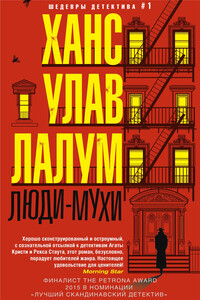
Убит бывший лидер норвежского Сопротивления и бывший член кабинета министров Харальд Олесен. Его тело обнаружено в запертой квартире, следов взлома нет, орудие убийства отсутствует. На звук выстрела к двери Олесена сбежались все соседи, но никого не увидели. Инспектор уголовного розыска Колбьёрн Кристиансен считает, что убийство, скорее всего, совершил кто-то из них. Более того, он полагает, что их показания лживы.
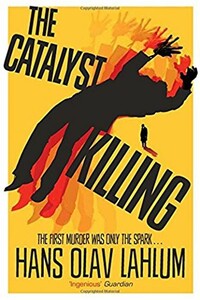
The third mystery in the hugely compelling, bestselling international crime series from Norway's answer to Agatha Christie, Hans Olav Lahlum, The Catalyst Killing will have you guessing to the final clue. The first murder was only the spark… 1970: Inspector Kolbjorn Kristiansen, known as K2, witnesses a young woman desperately trying to board a train only to have the doors close before her face. The next time he sees her, she is dead… As K2 investigates, with the help of his precocious young assistant Patricia, he discovers that the story behind Marie Morgenstierne's murder really began two years ago, when a group of politically active young people set out on a walking tour in the mountains.
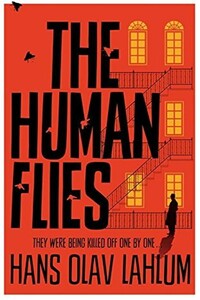
Oslo, 1968: ambitious young detective Inspector Kolbjorn Kristiansen is called to an apartment block, where a man has been found murdered. The victim, Harald Olesen, was a legendary hero of the Resistance during the Nazi occupation, and at first it is difficult to imagine who could have wanted him dead. But as Detective Inspector Kolbjorn Kristiansen (known as K2) begins to investigate, it seems clear that the murderer could only be one of Olesen's fellow tenants in the building. Soon, with the help of Patricia – a brilliant young woman confined to a wheelchair following a terrible accident – K2 will begin to untangle the web of lies surrounding Olesen's neighbors; each of whom, it seems, had their own reasons for wanting Olesen dead.
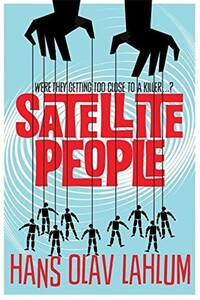
A gripping, evocative, and ingenious mystery which pays homage to Agatha Christie, Satellite People is the second Norwegian mystery in Hans Olav Lahlum's series. Oslo, 1969: When a wealthy man collapses and dies during a dinner party, Norwegian Police Inspector Kolbjorn Kristiansen, known as K2, is left shaken. For the victim, Magdalon Schelderup, a multimillionaire businessman and former resistance fighter, had contacted him only the day before, fearing for his life. It soon becomes clear that every one of Schelderup's 10 dinner guests is a suspect in the case.
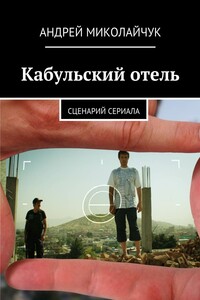
Когда на Youtube появилось прощальное видео Алексея, в котором он объясняется в любви к своей жене на фоне атаки талибов на британскую миссию в Афганистане, никто даже не подозревал о том, что это обыкновенный фотограф, который в попытке не потерять работу принял предложение сделать репортаж о старателях, добывающих изумруд.

Мы — это то, что мы думаем и делаем. Мы в ответе за все свои поступки. Сказка и реальность — две параллели, но иногда граница, разделяющая их, стирается…
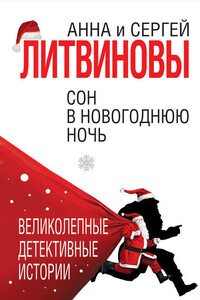
Предновогодние деньки для многих — любимое время в году. Улицы и дома сверкают яркими огнями, все торопятся выбрать оригинальные подарки, а в воздухе витает настроение праздника! Признанные мастера криминального жанра Анна и Сергей Литвиновы тоже приготовили для читателей презент — сборник новогодних остросюжетных рассказов. Напряженные интриги и захватывающие дух повороты сюжета никого не оставят равнодушным, ведь под Новый год может случиться невероятное!
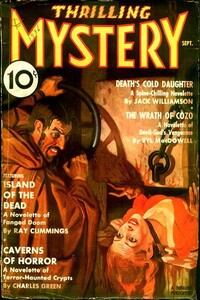
Герой этого рассказа возвращается в дом своего детства и находит своих братьев и сестру одичавшими и полубезумными. Почему они стали такими? Кто в этом виновен?
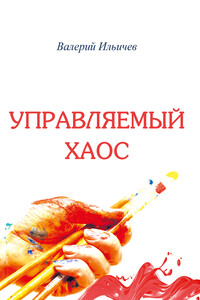
«Елена Мазина уже стояла в дверях, когда мужчина, ставший её очередным любовником, лениво, словно нехотя, спросил: – Мне тебе позвонить? – Нет, лучше я сама дам знать, если захочу тебя вновь увидеть…».

В книге рассказывается история главного героя, который сталкивается с различными проблемами и препятствиями на протяжении всего своего путешествия. По пути он встречает множество второстепенных персонажей, которые играют важные роли в истории. Благодаря опыту главного героя книга исследует такие темы, как любовь, потеря, надежда и стойкость. По мере того, как главный герой преодолевает свои трудности, он усваивает ценные уроки жизни и растет как личность.